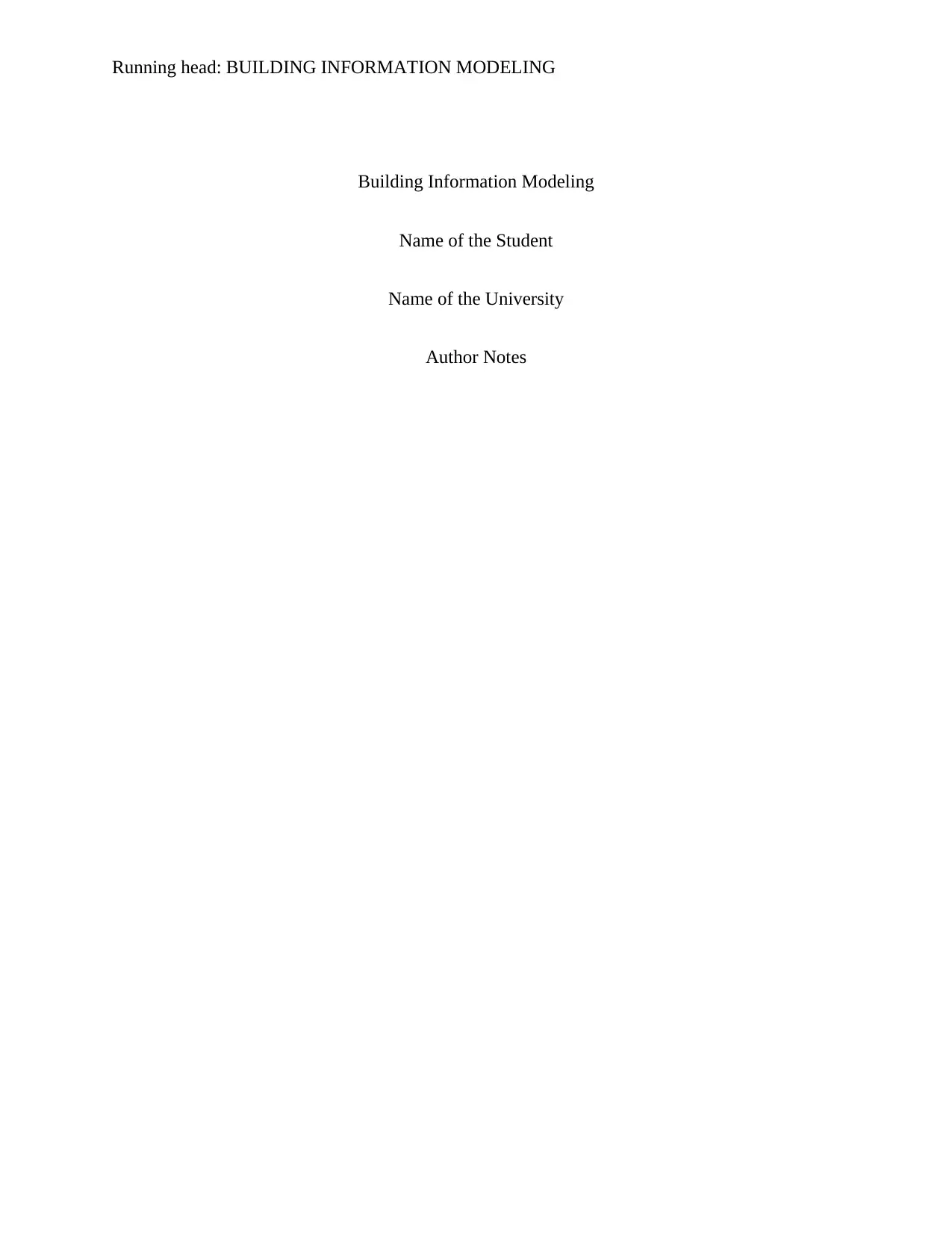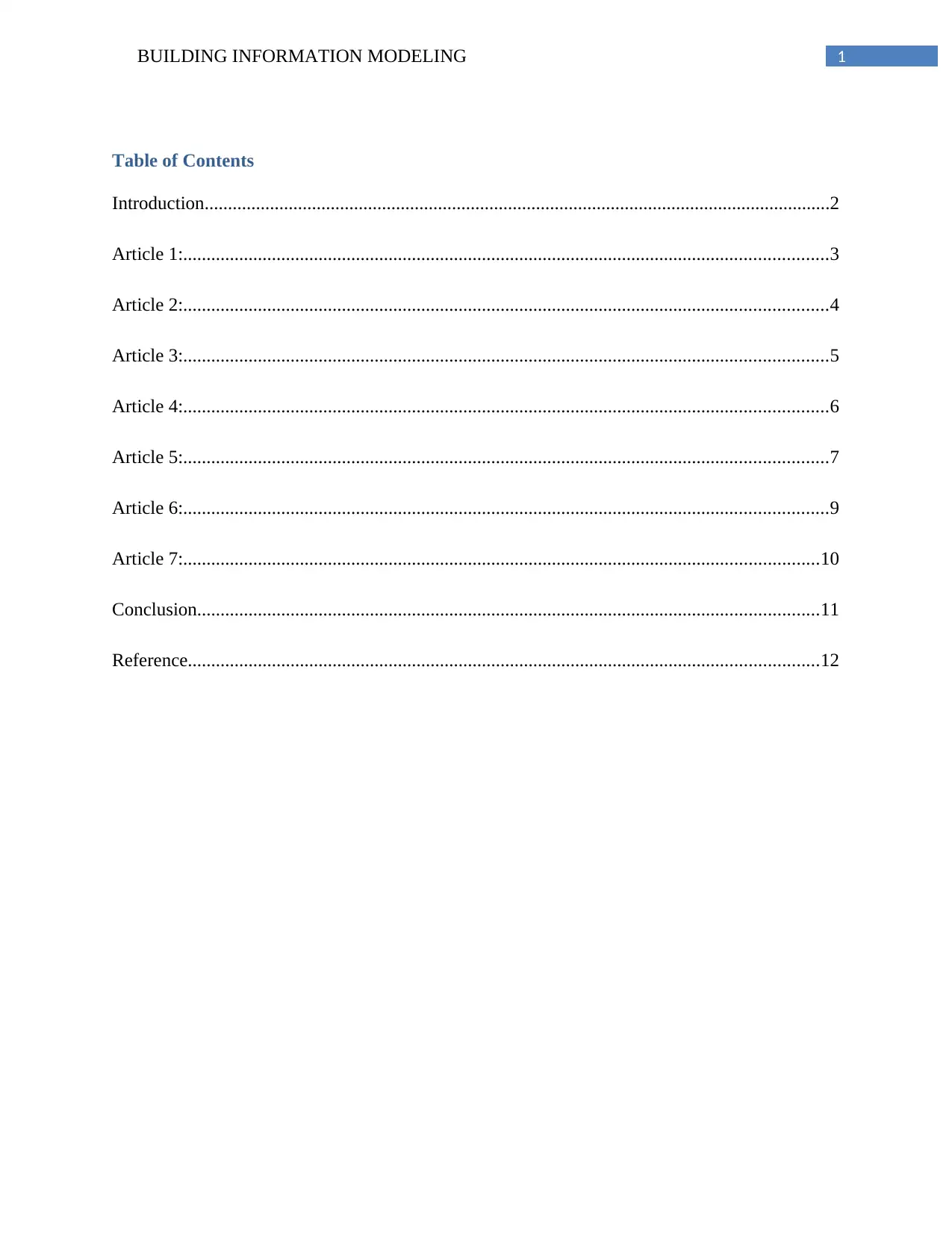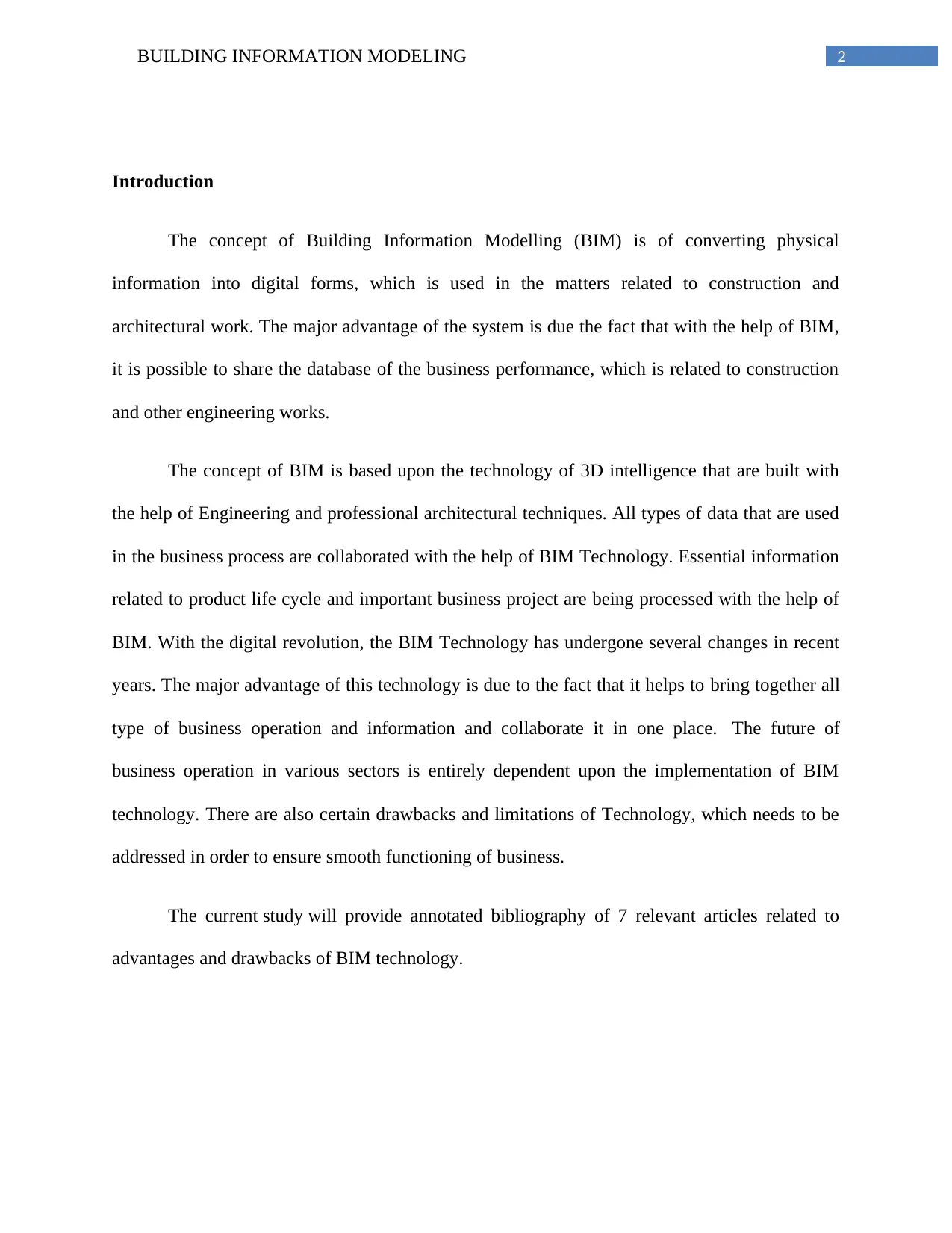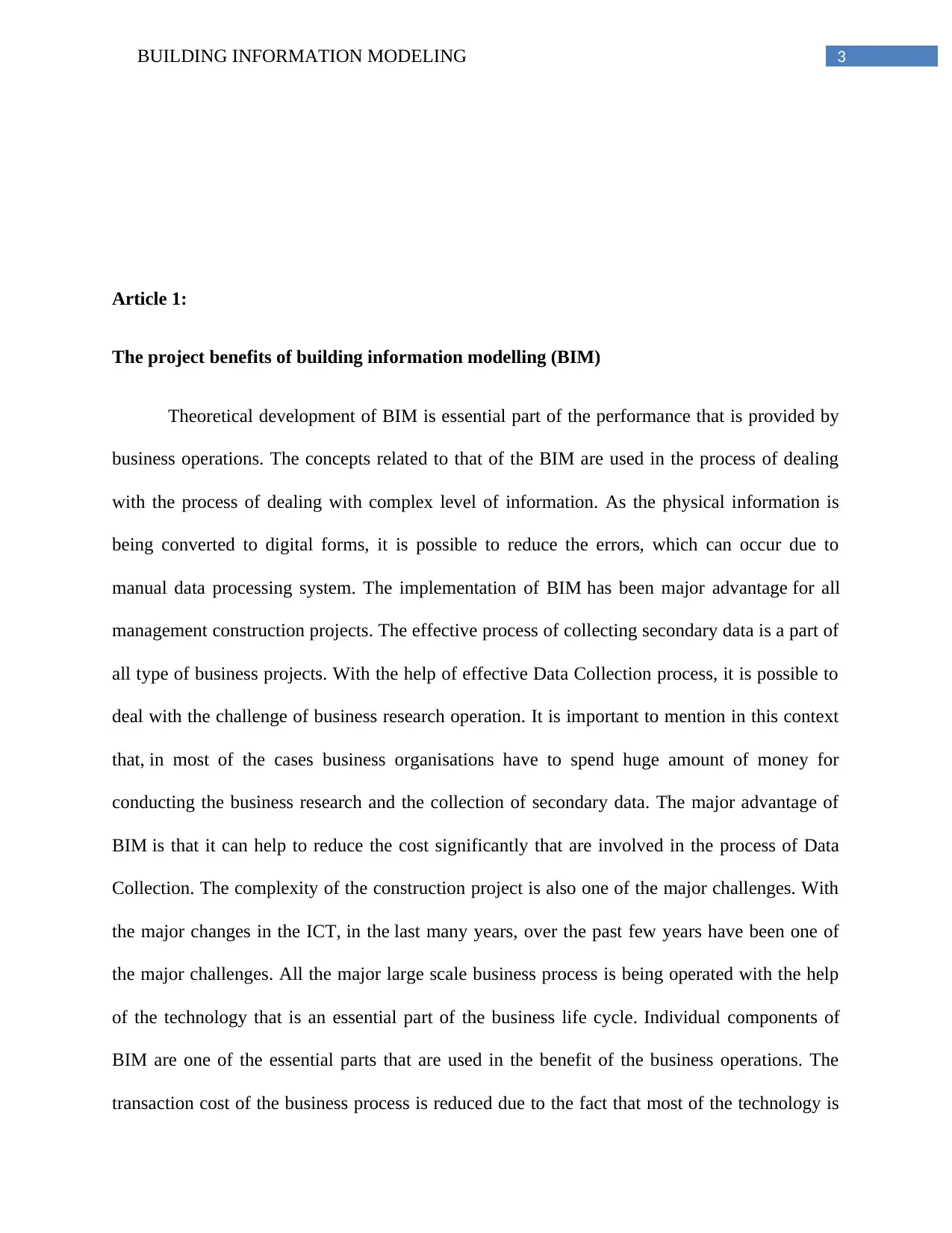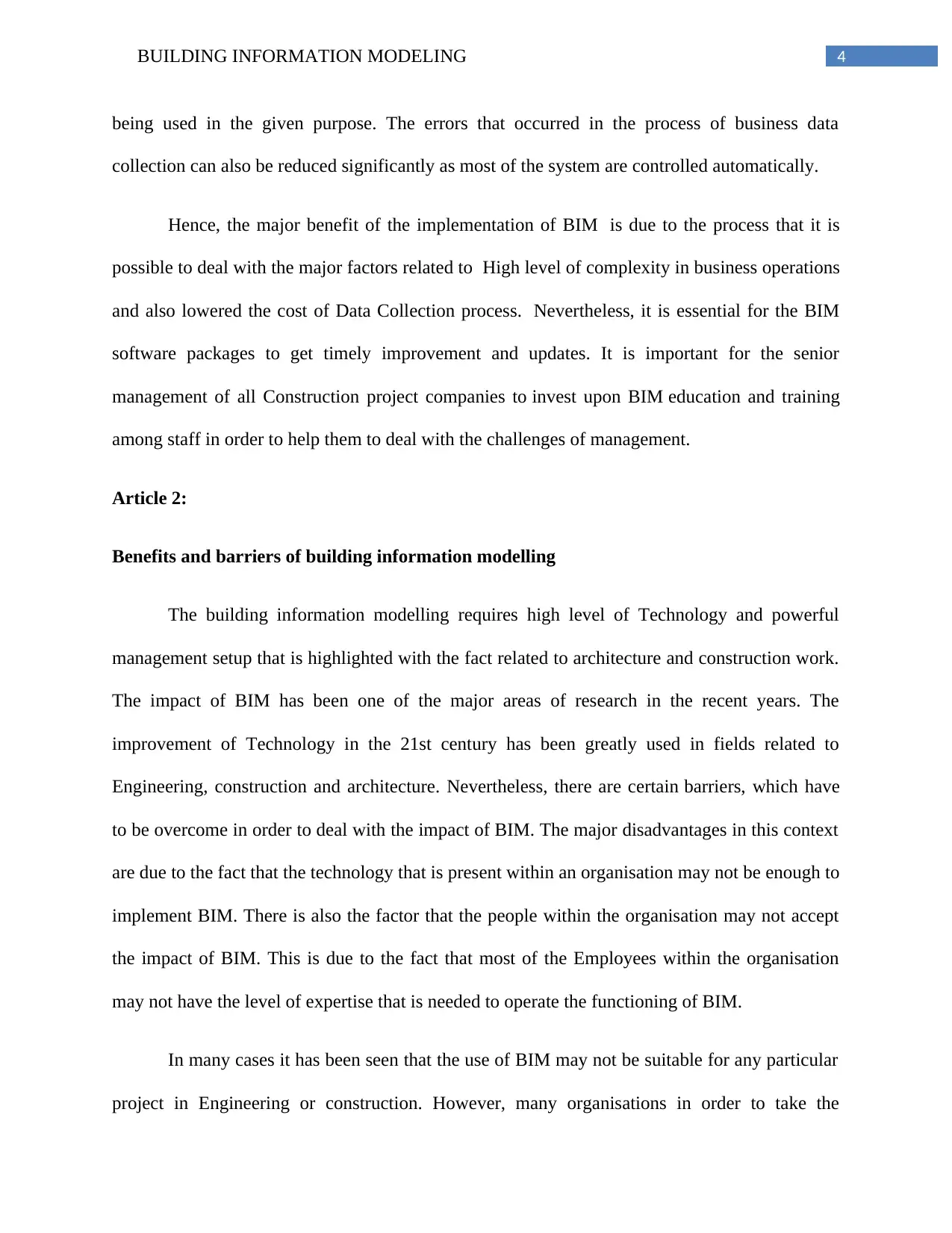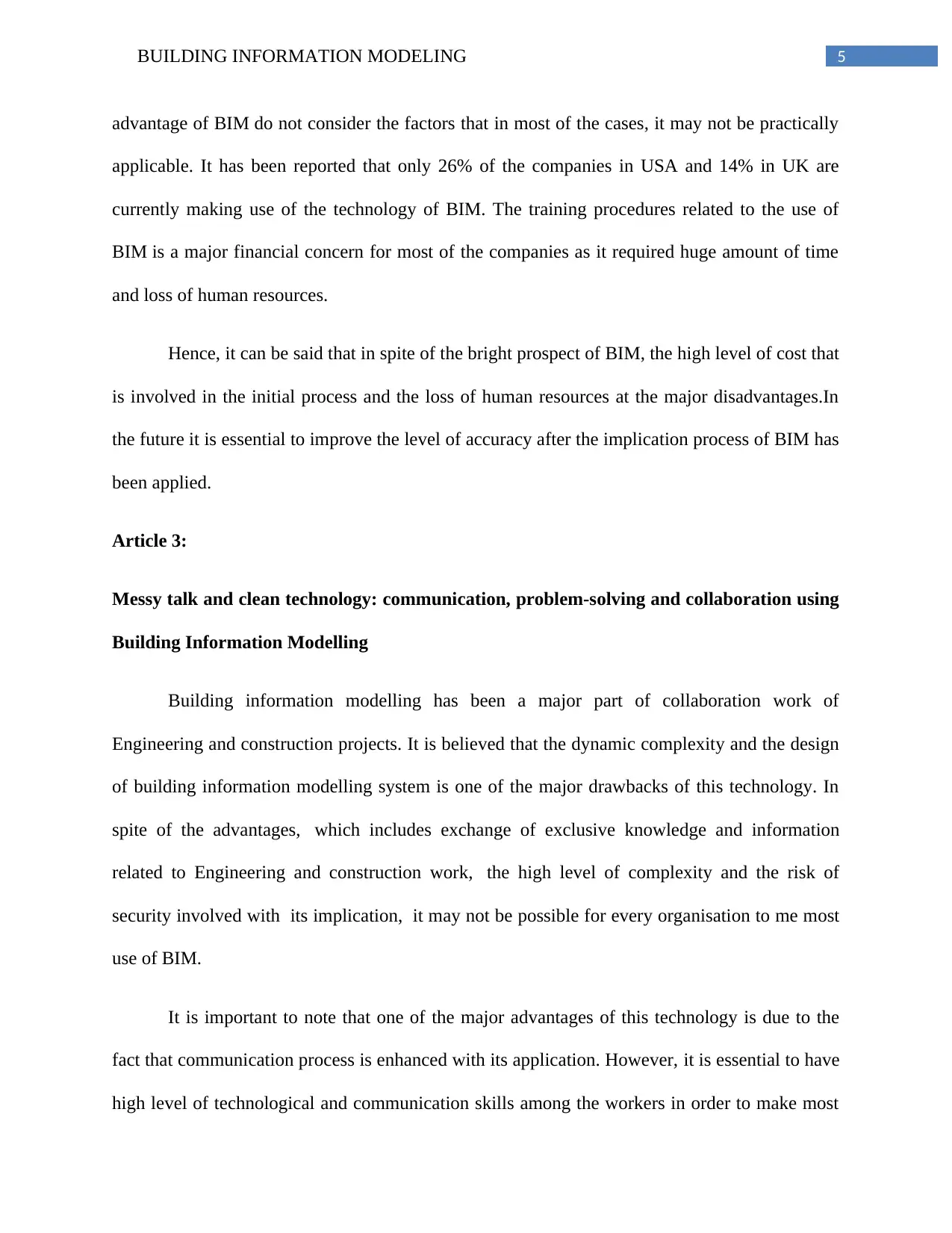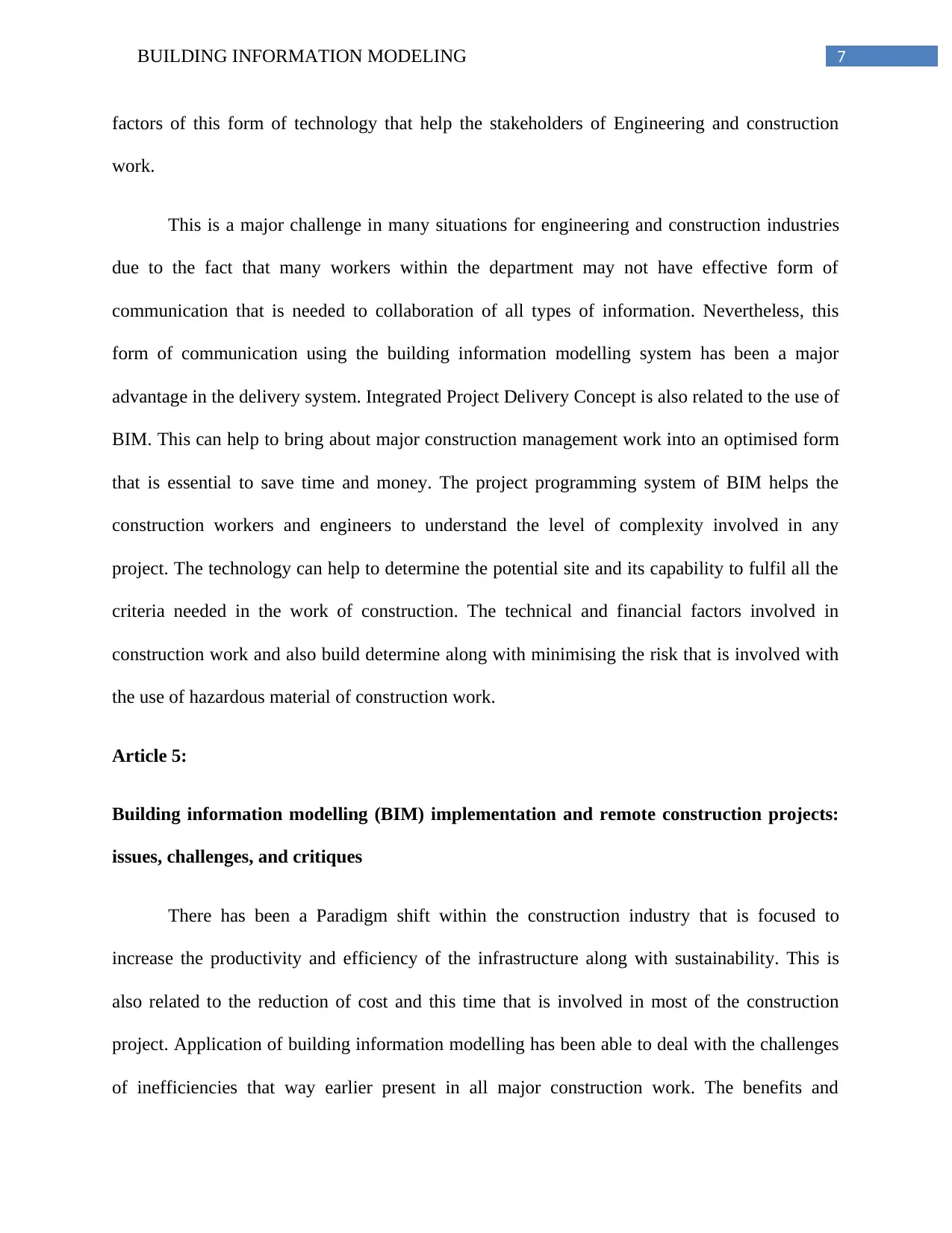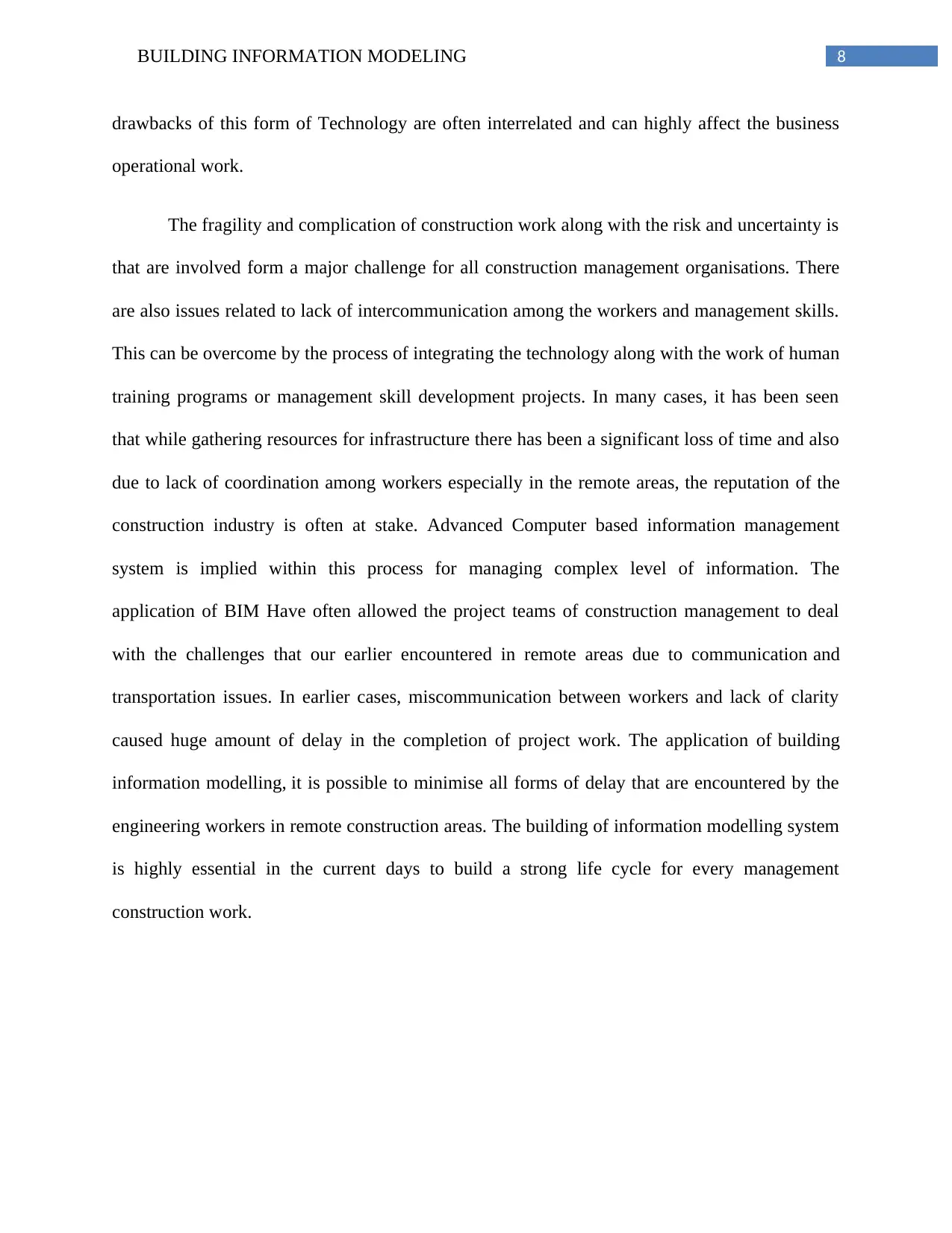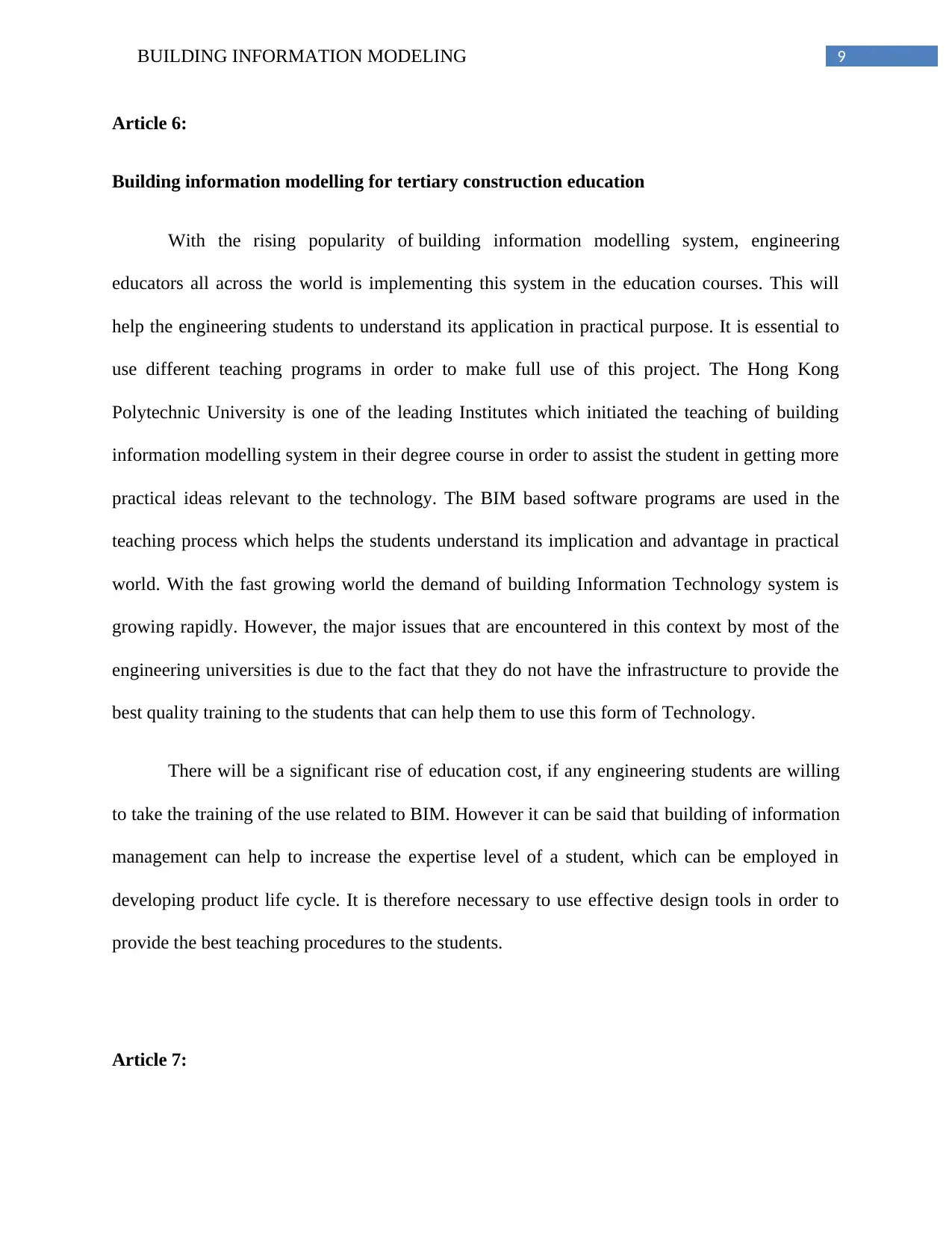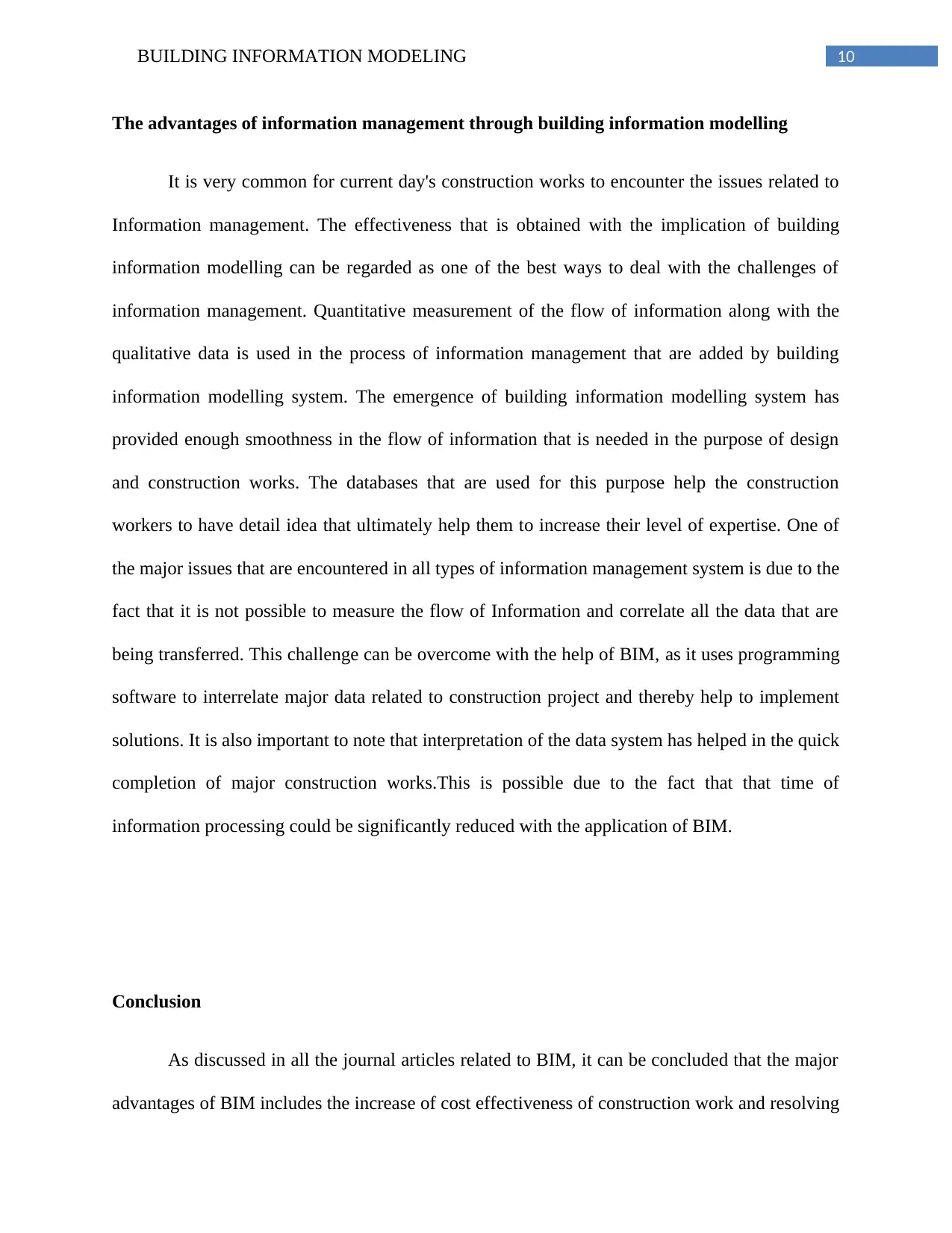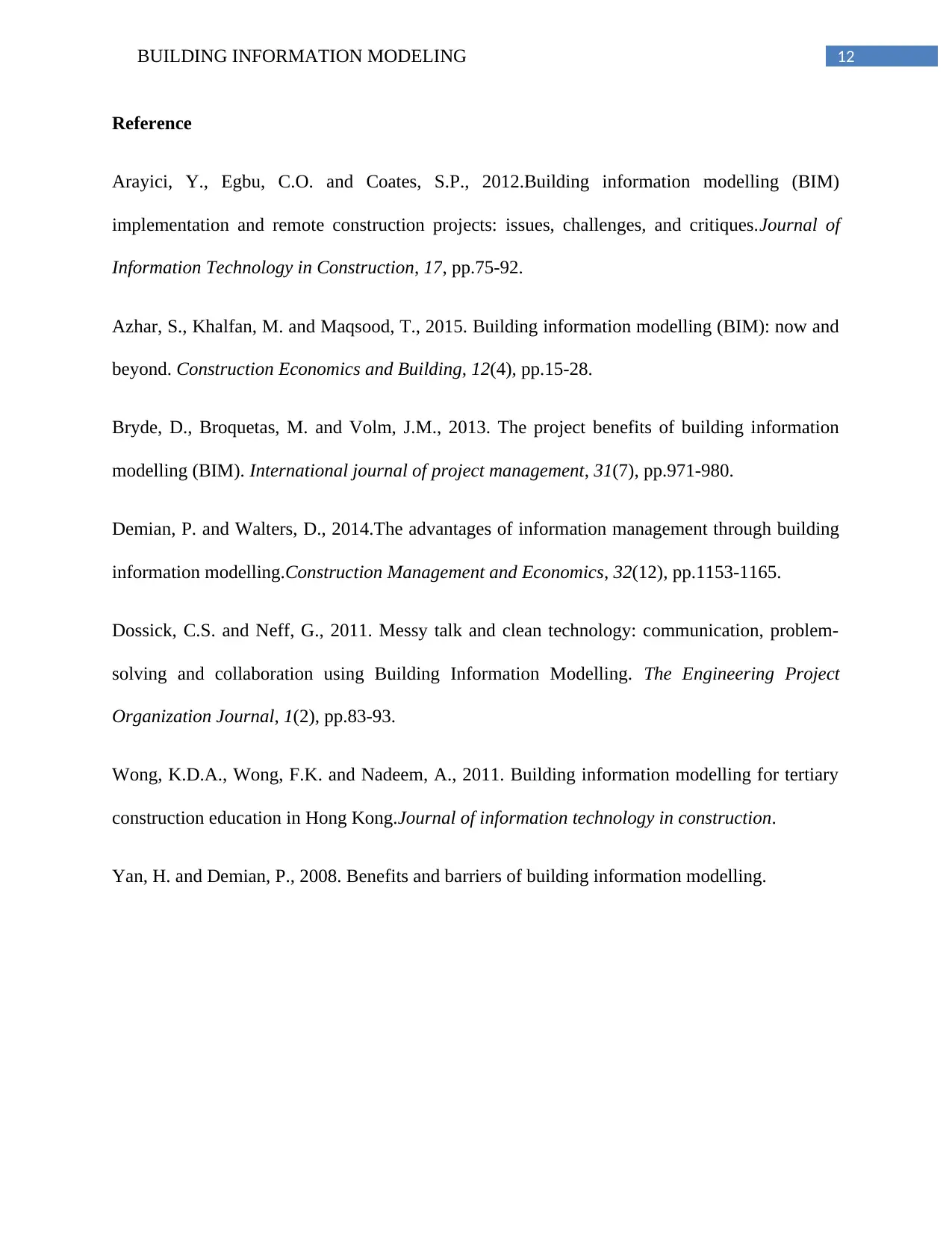The paradigm shift in the construction industry towards increasing productivity, efficiency, and sustainability has led to the implementation of Building Information Modelling (BIM). BIM is a technology-based system that integrates data from various stakeholders to improve communication, collaboration, and project management. The benefits of BIM include cost-effectiveness, reduced delays, and improved information flow. However, challenges such as high costs, lack of infrastructure, and need for human training programs have been identified. BIM has also been implemented in tertiary construction education, with the goal of providing students with practical skills and knowledge related to technology. The advantages of information management through BIM include quantifiable data measurement, improved information flow, and reduced time spent on information processing.
![[object Object]](/_next/static/media/star-bottom.7253800d.svg)
![[object Object]](/_next/static/media/star-bottom.7253800d.svg)
